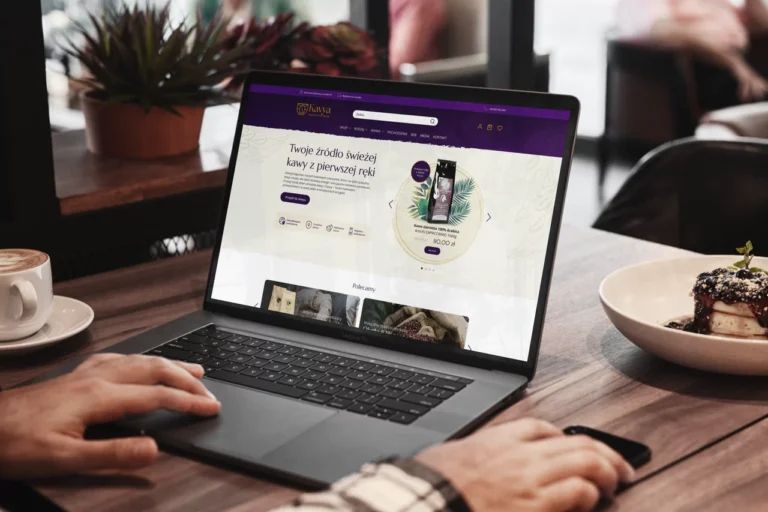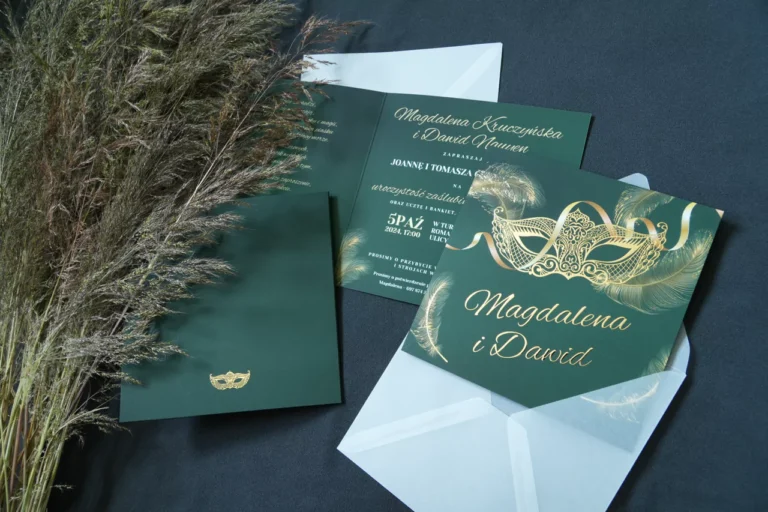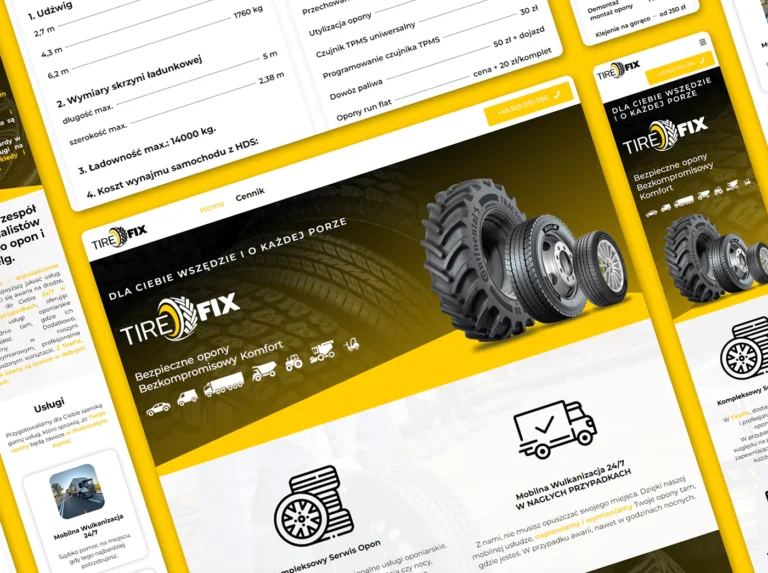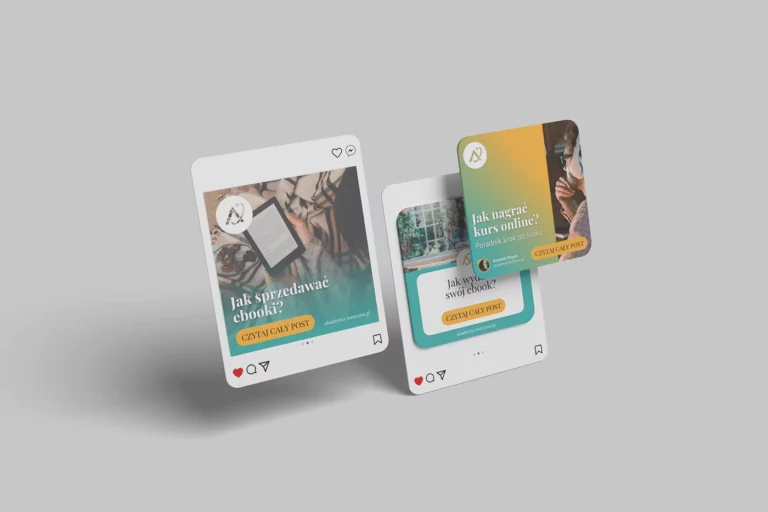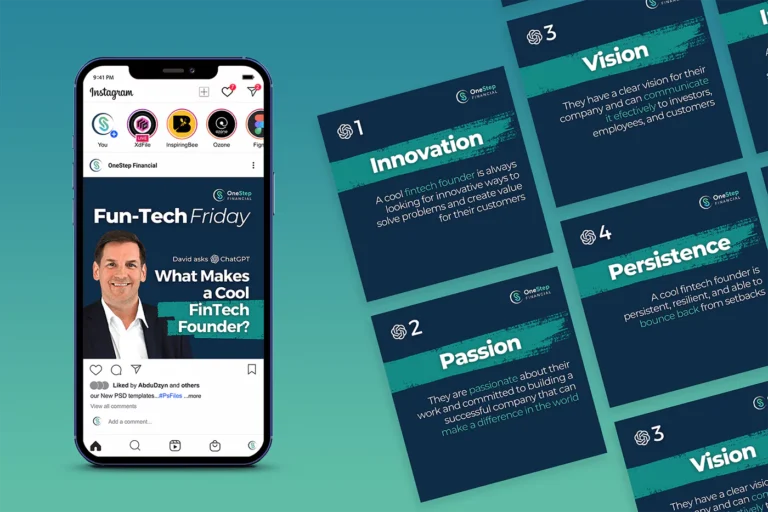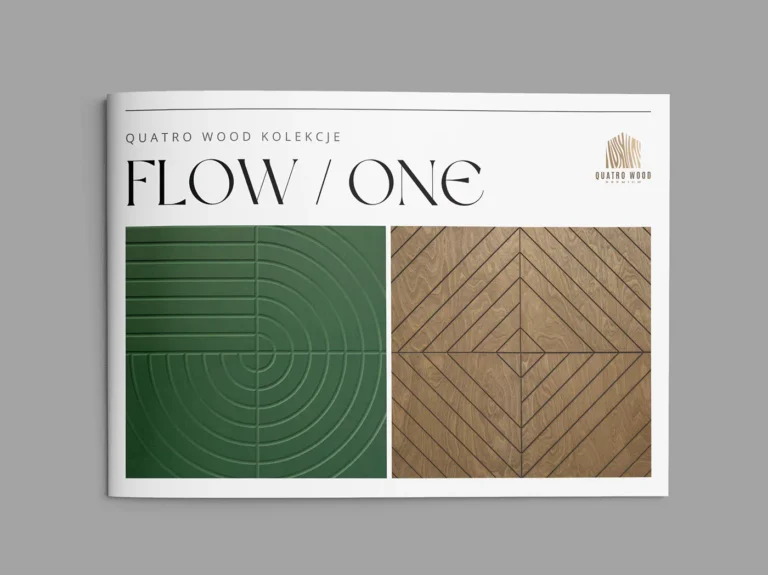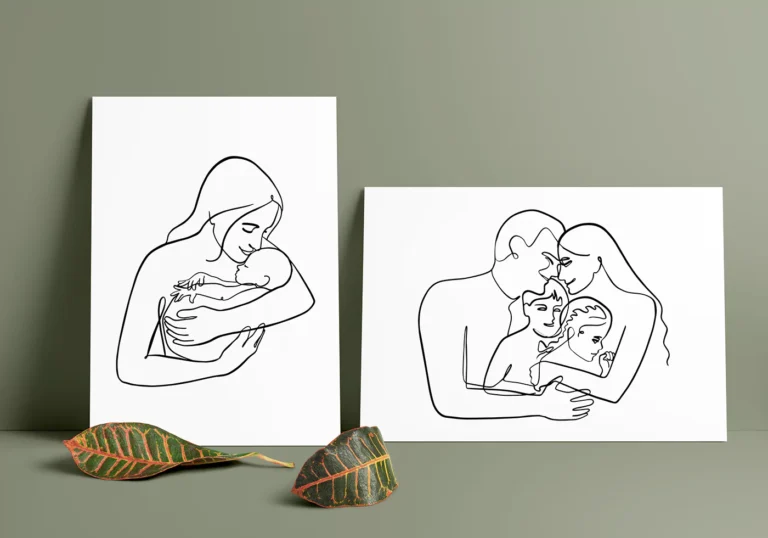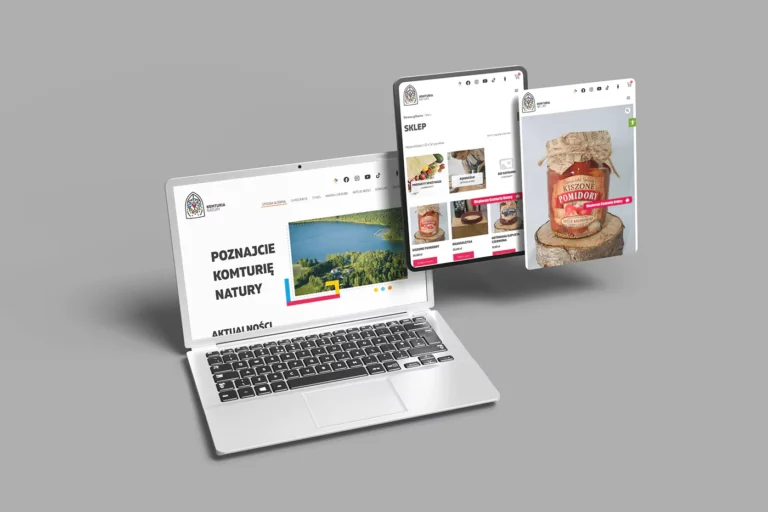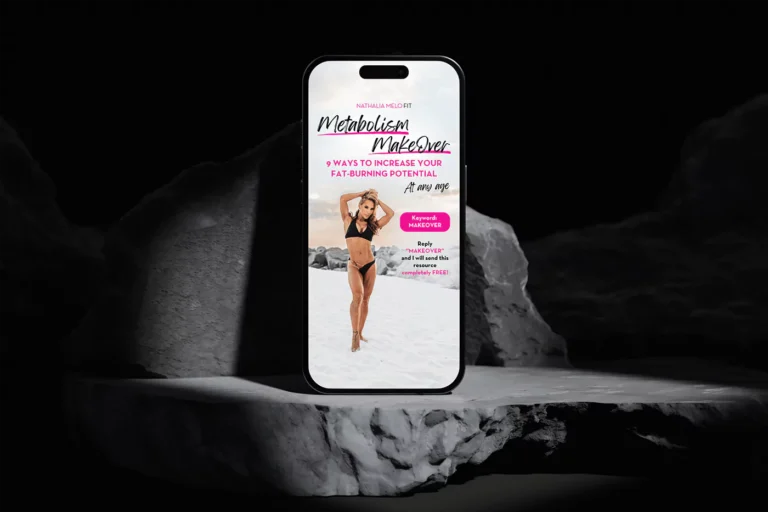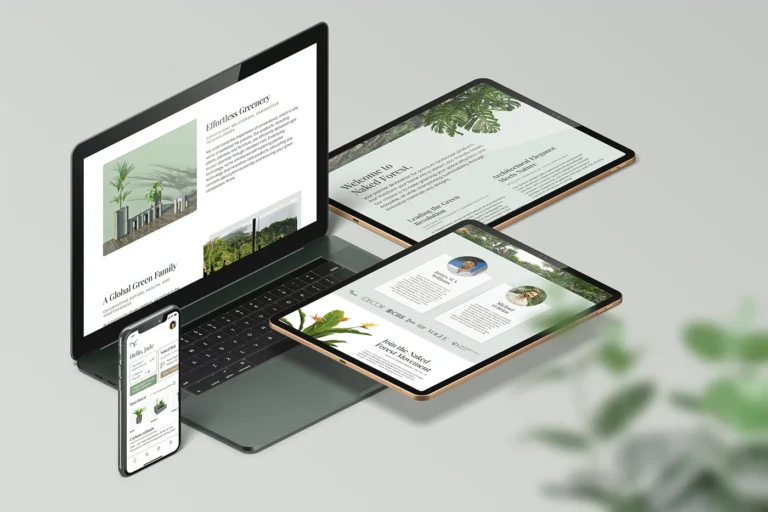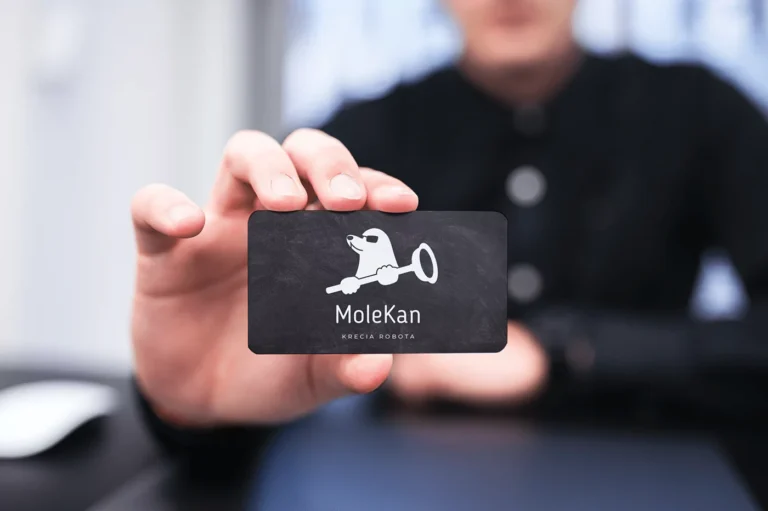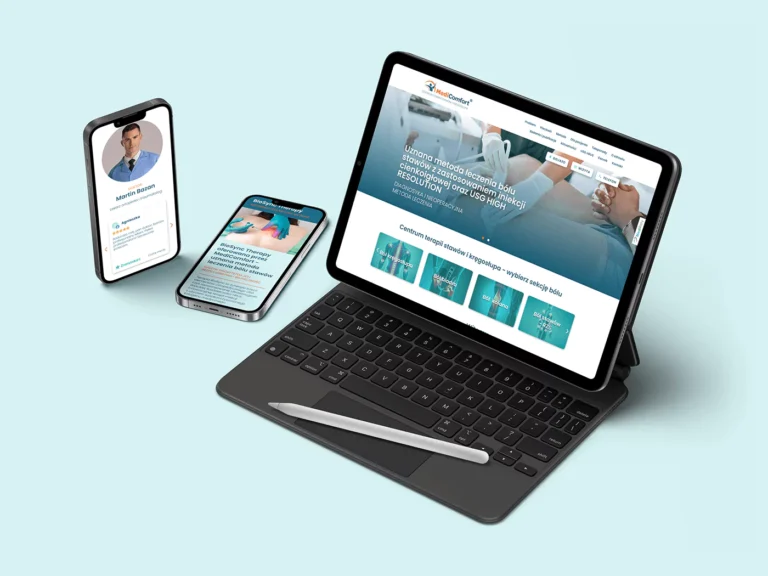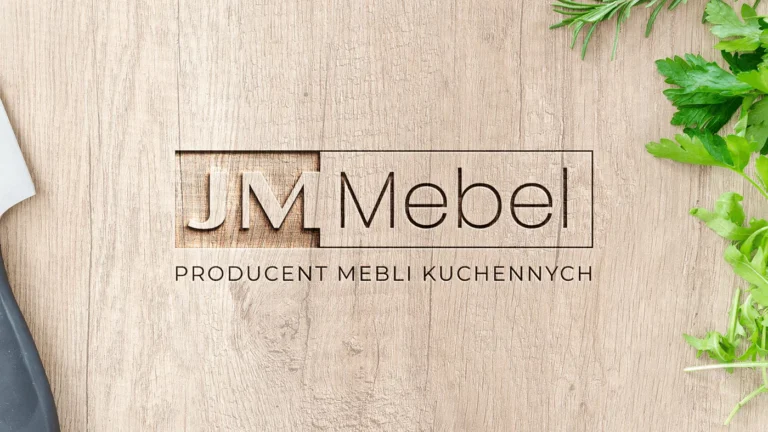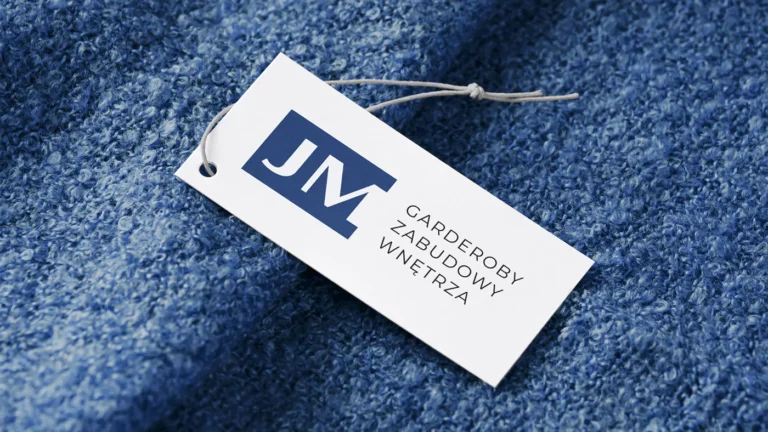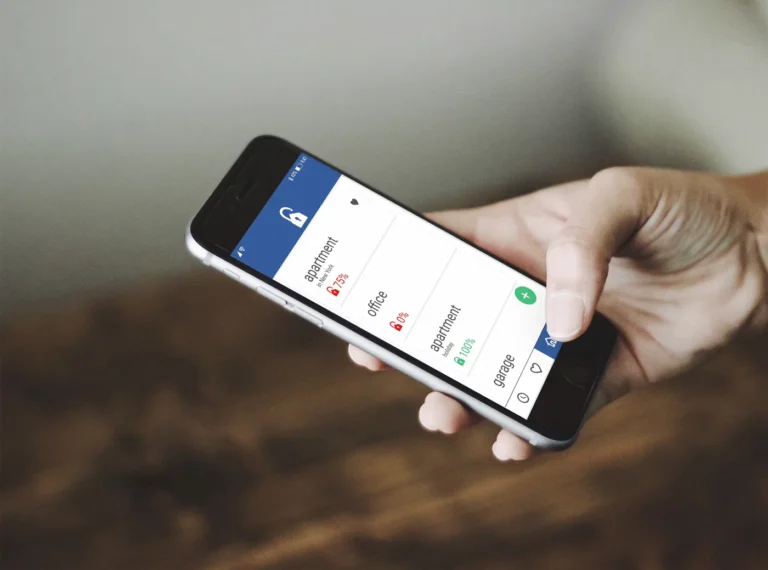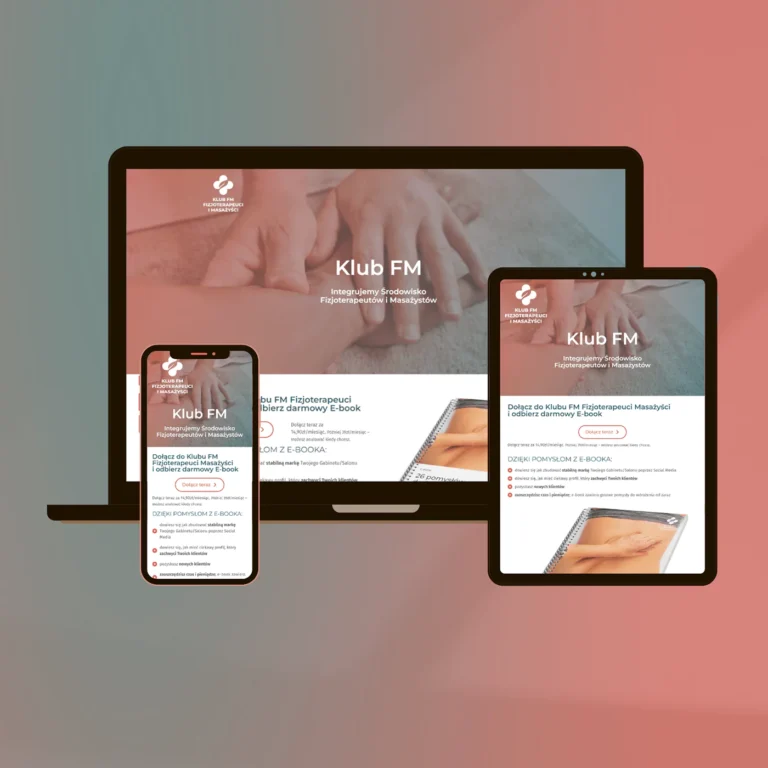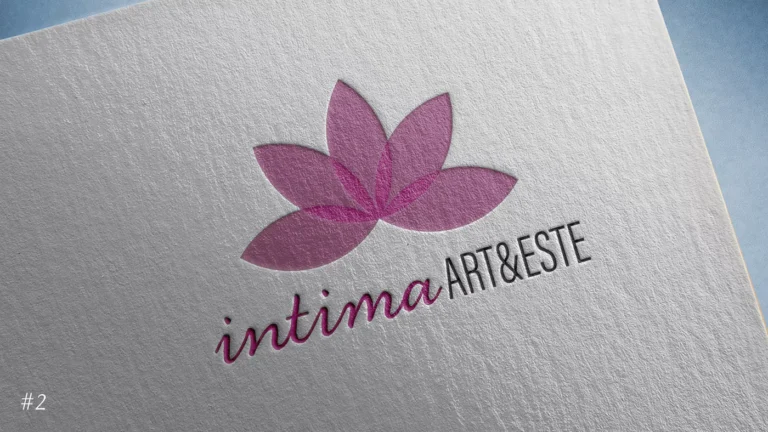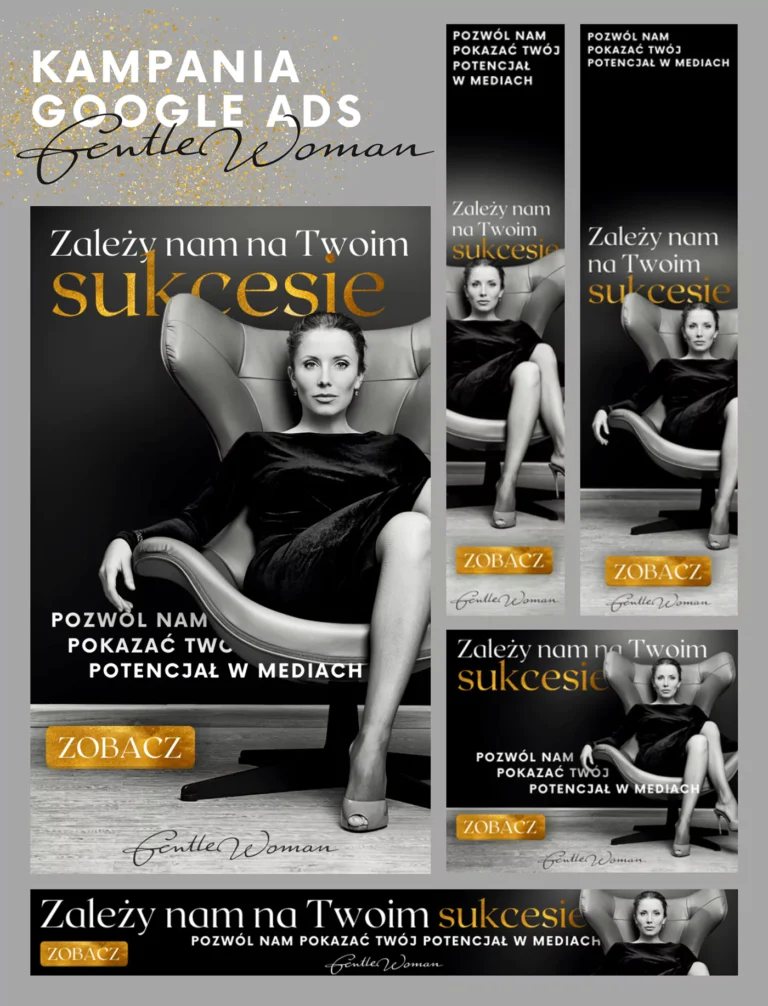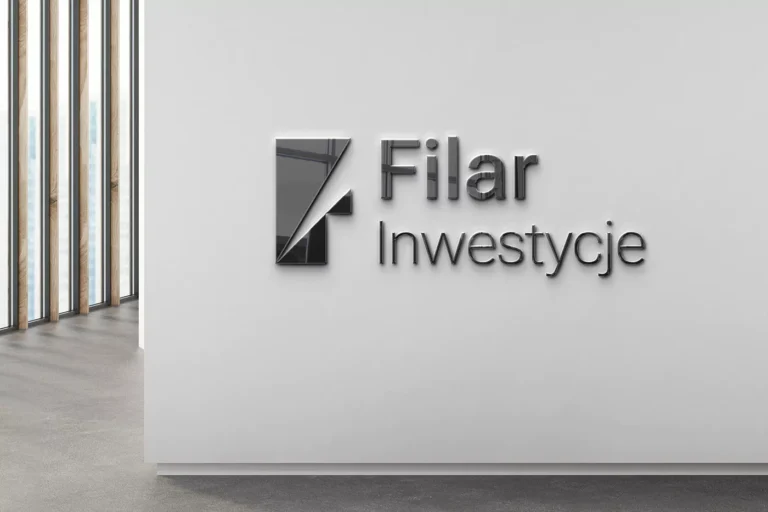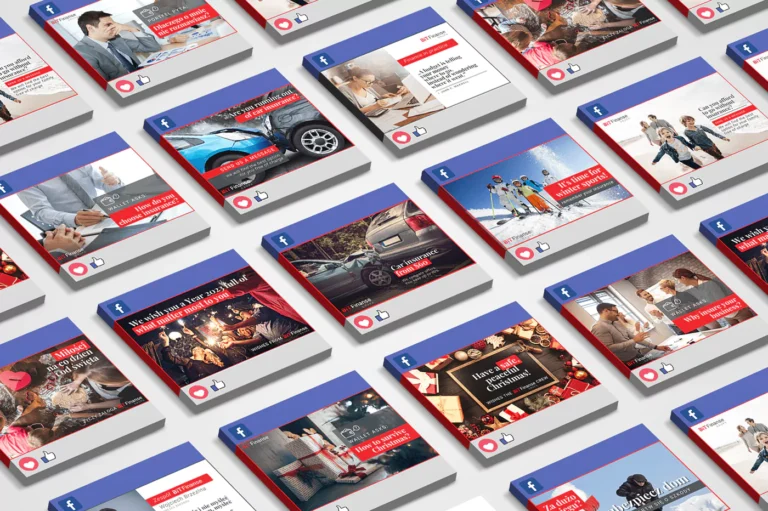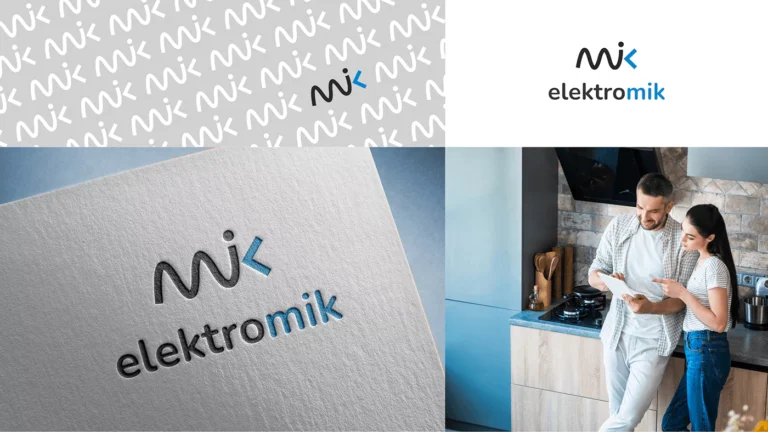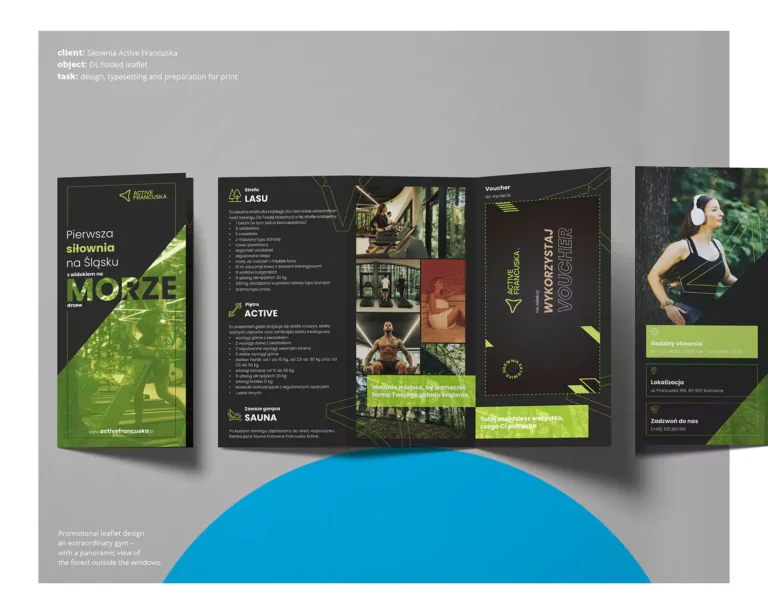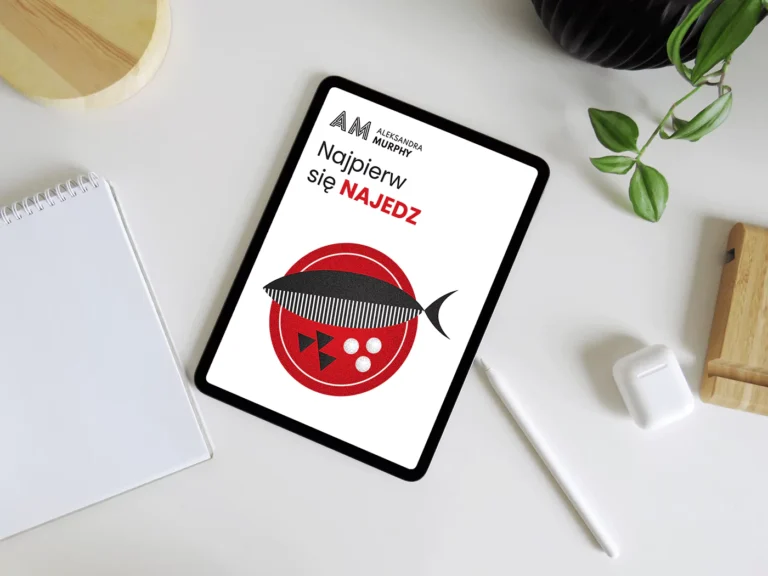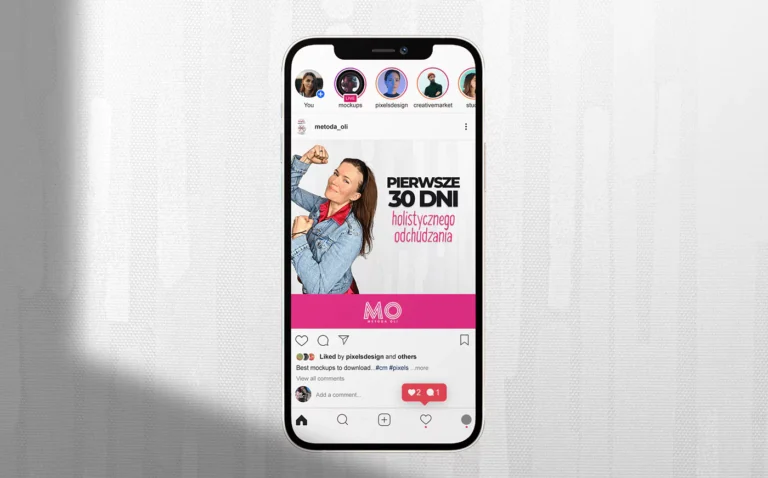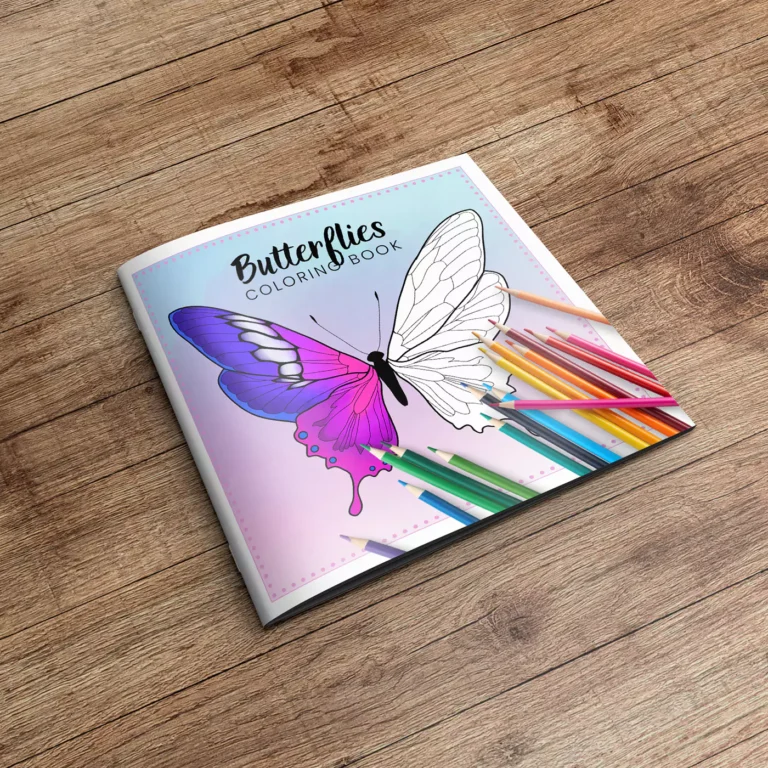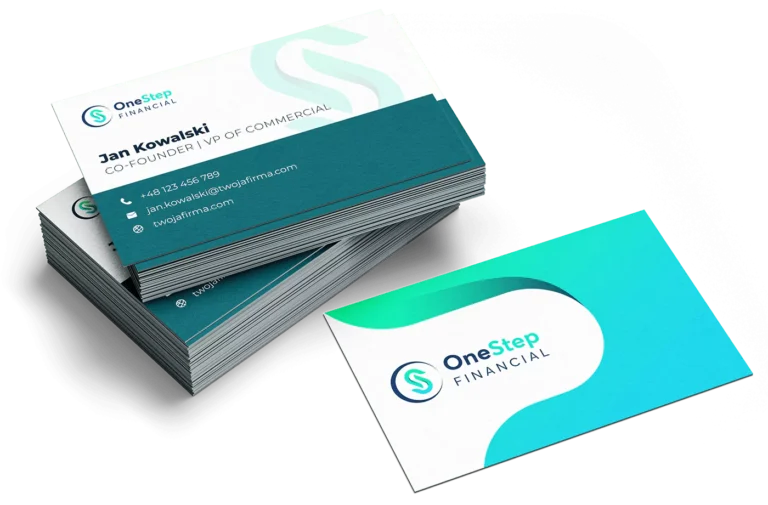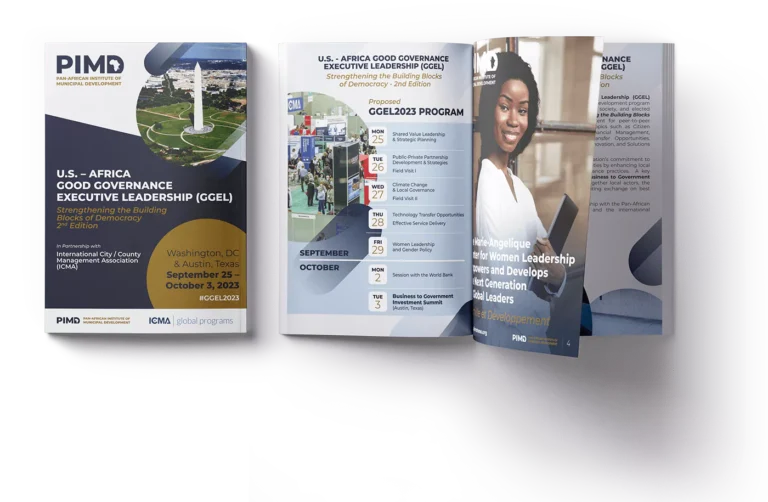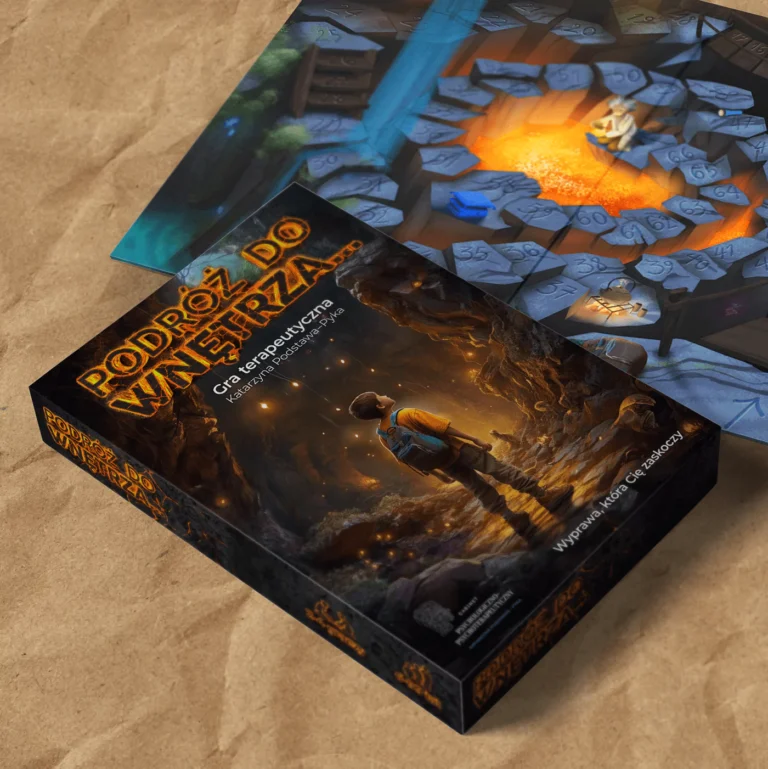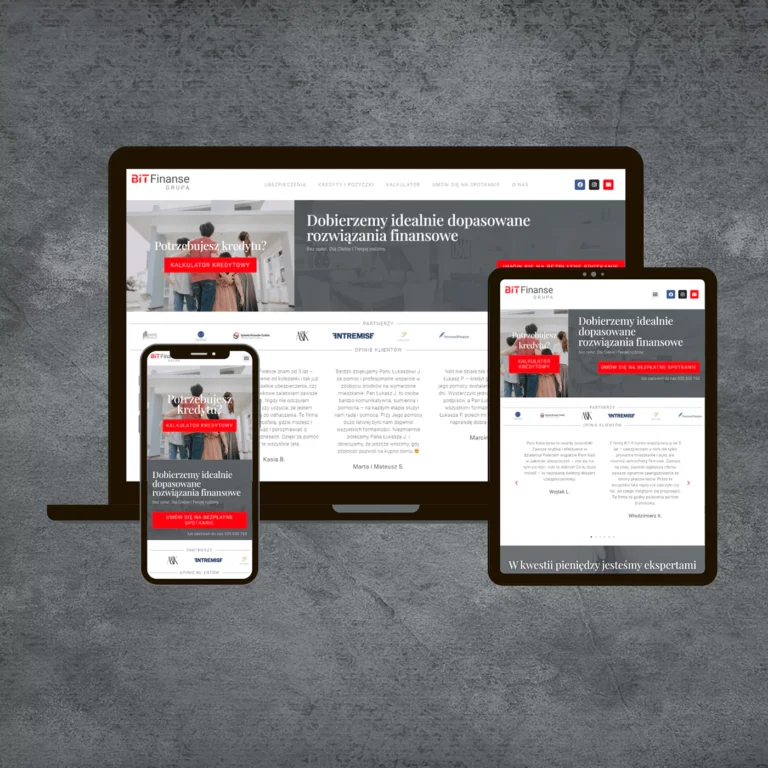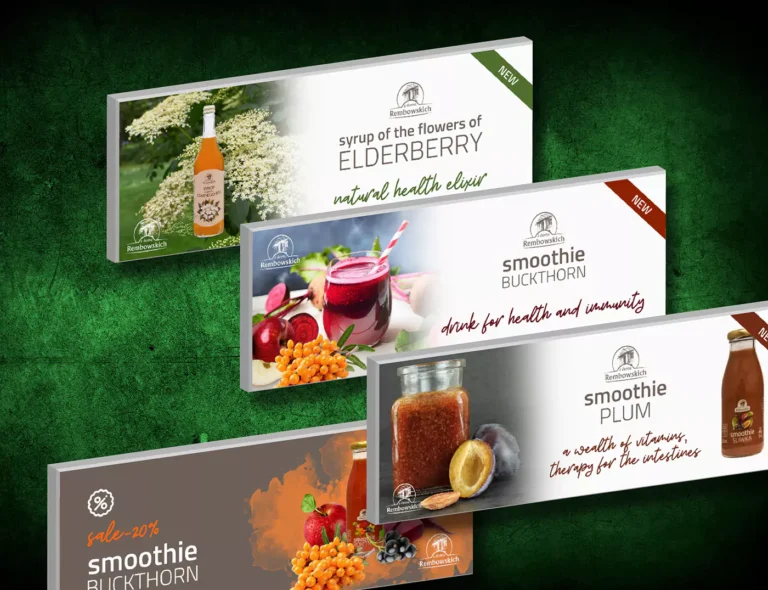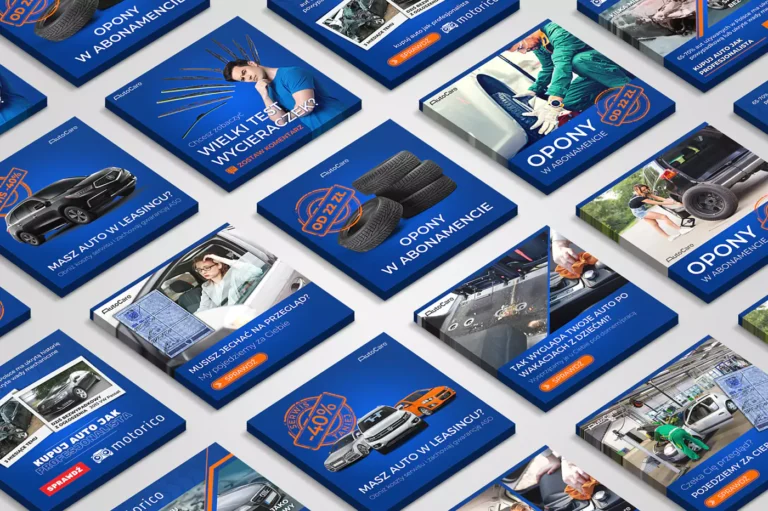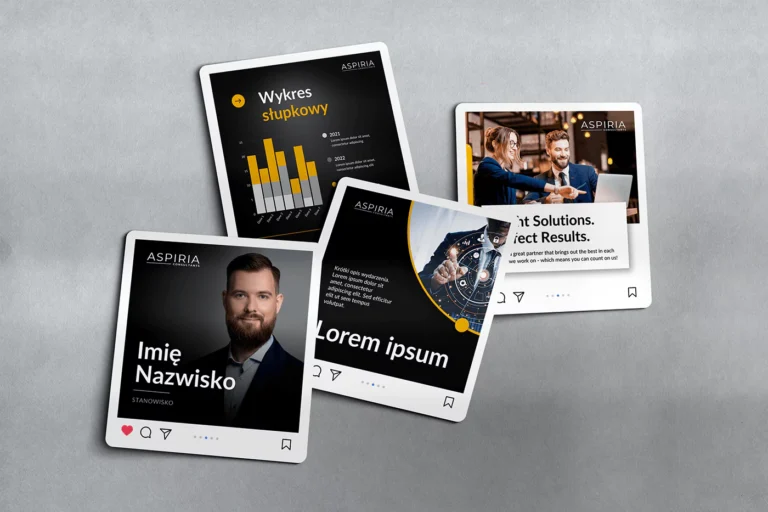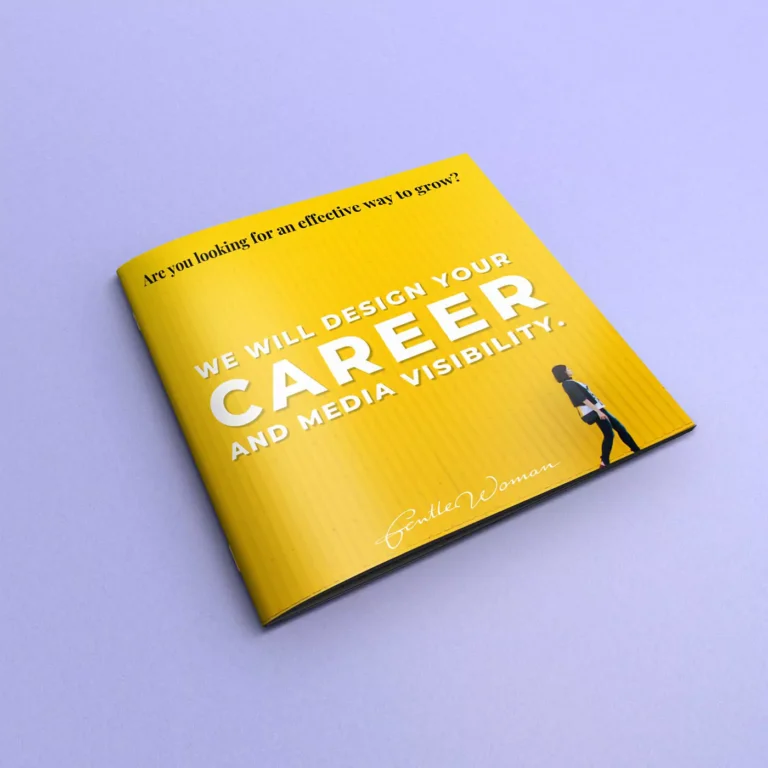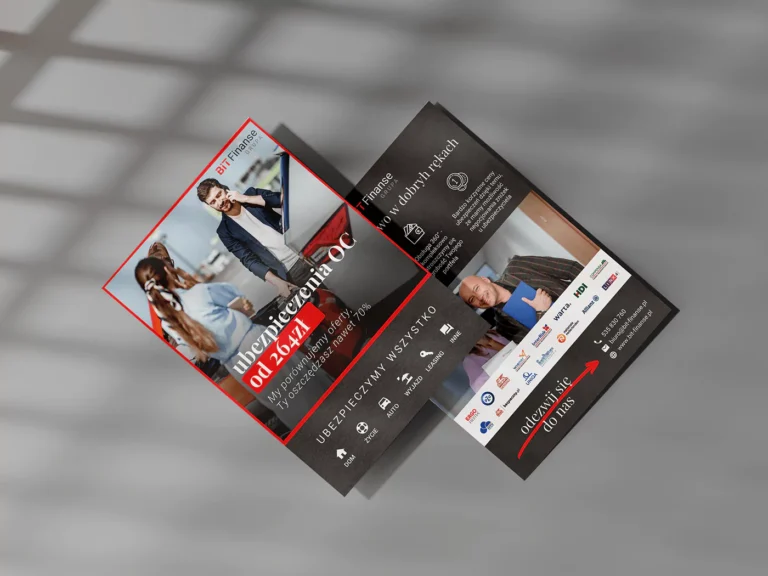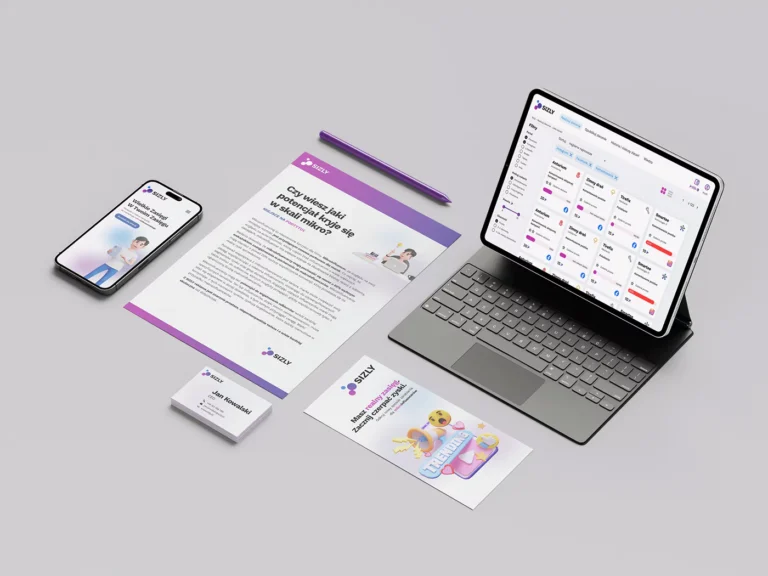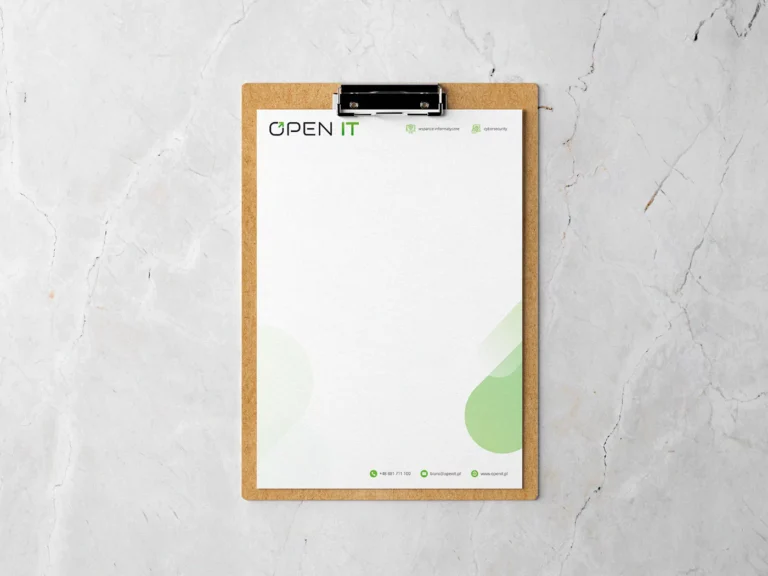Corporate materials include presentation folders, envelopes, labels, business cards, letterhead, and all other stationery related to running a business. These elements are the face of your business, enabling communication with clients and partners at the highest level. They play a crucial role in building a professional company image and facilitating the consistent and aesthetic transmission of information.
How to Best Present Corporate Materials
To ensure corporate materials are effective, they must be well-designed and aligned with the company’s visual identity. Key aspects include:
1. Brand Consistency: All corporate materials should reflect the brand’s identity through the use of appropriate colors, fonts, logos, and graphic styles.
2. High Quality: Use high-quality paper, printing, and other materials to ensure a professional appearance and durability.
3. Readability: Information contained in corporate materials should be easy to read and understand.
4. Aesthetics: The design should be visually attractive, with attention to detail.
Designing Corporate Materials
Designing corporate materials involves several key stages:
1. Understanding Needs: Determine what materials are needed and what goals they aim to achieve, such as promoting products, building client relationships, or internal communication.
2. Brand Identity Analysis: Understand the brand’s identity, values, and style to ensure visual consistency across all materials.
3. Creating Concepts: Develop several design concepts for different corporate materials, such as business cards, brochures, and letterheads.
4. Choosing Visual Elements: Select appropriate images, illustrations, icons, and other graphic elements that support the message and brand identity.
5. Typography: Choose fonts that are consistent with the brand and readable. Use different font sizes to create a hierarchy of information.
6. Color Scheme: Use brand-compliant colors that attract attention and ensure text readability.
7. Layout and Composition: Design the layout of each corporate material to be both aesthetic and functional. Each element should have its place and significance.
Finalizing a High-Quality Product
The process of finalizing corporate materials involves several essential steps:
1. Proofreading and Editing: Check all text for language and grammar errors. Ensure the message is clear and consistent.
2. Feedback and Revisions: Gather feedback from the team, clients, or focus groups and make necessary adjustments.
3. Testing on Various Media: Ensure materials are readable and attractive on different media, such as paper, computer screens, and mobile devices.
4. Technical Optimization: Adjust file sizes, formats, and other technical parameters to ensure high-quality printing and optimal performance in digital form.
5. Final Approval: Obtain final approval from all stakeholders before producing or publishing the materials.
Opportunities Related to Designing Corporate Materials
Designing corporate materials offers many opportunities, including:
1. Business Cards: Designing professional business cards that make a great first impression.
2. Letterheads and Envelopes: Creating personalized letterheads and envelopes that enhance the company’s image.
3. Brochures and Catalogs: Developing brochures and catalogs showcasing the company’s products or services.
4. Presentations and Reports: Designing visually consistent presentations and reports for business meetings and conferences.
5. Promotional Items: Creating designs for promotional items such as pens, mugs, and bags with the company logo.
6. Internal Communication Materials: Designing newsletters, posters, and greeting cards for employees.
Where to Use Corporate Materials
Corporate materials can be used in various contexts, such as:
1. Business Meetings and Conferences: Business cards, brochures, presentations, and reports that help establish and maintain business relationships.
2. Client Communication: Letterheads, envelopes, brochures, and catalogs sent to clients to promote products and services.
3. Promotions and Trade Shows: Promotional items distributed at trade shows and promotional events.
4. Internal Communication: Materials supporting communication and motivation among employees, such as newsletters and posters.
5. Online Presentations: Digital presentations and reports shared with clients and business partners.
Conclusion
Corporate materials are a key element in building a professional company image and effective communication with clients, partners, and employees. Focusing on brand consistency, high quality, readability, and aesthetics can significantly enhance their effectiveness. The design process should be thorough, involving understanding needs, brand identity analysis, concept creation, and technical optimization. By leveraging the various opportunities and contexts for using corporate materials, well-designed materials can effectively support the company’s business and marketing goals.



